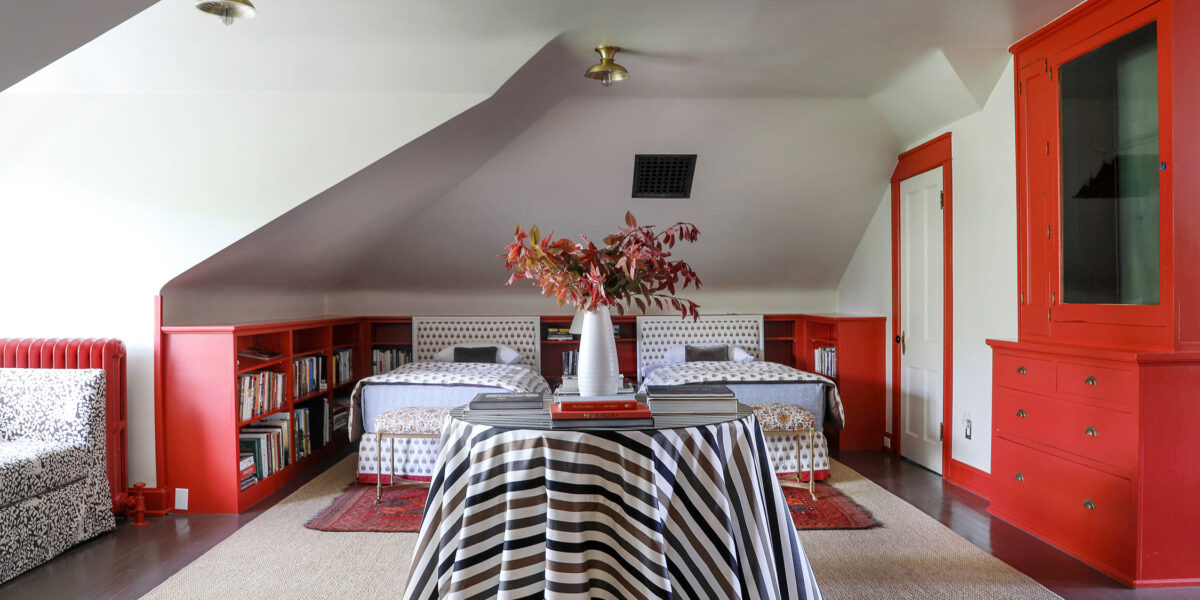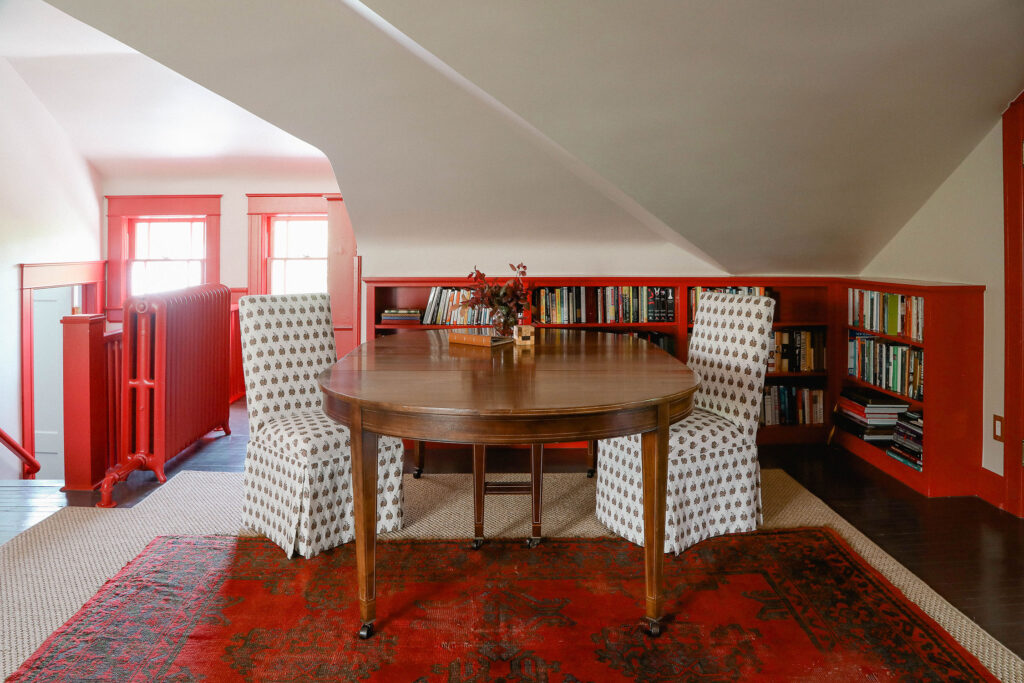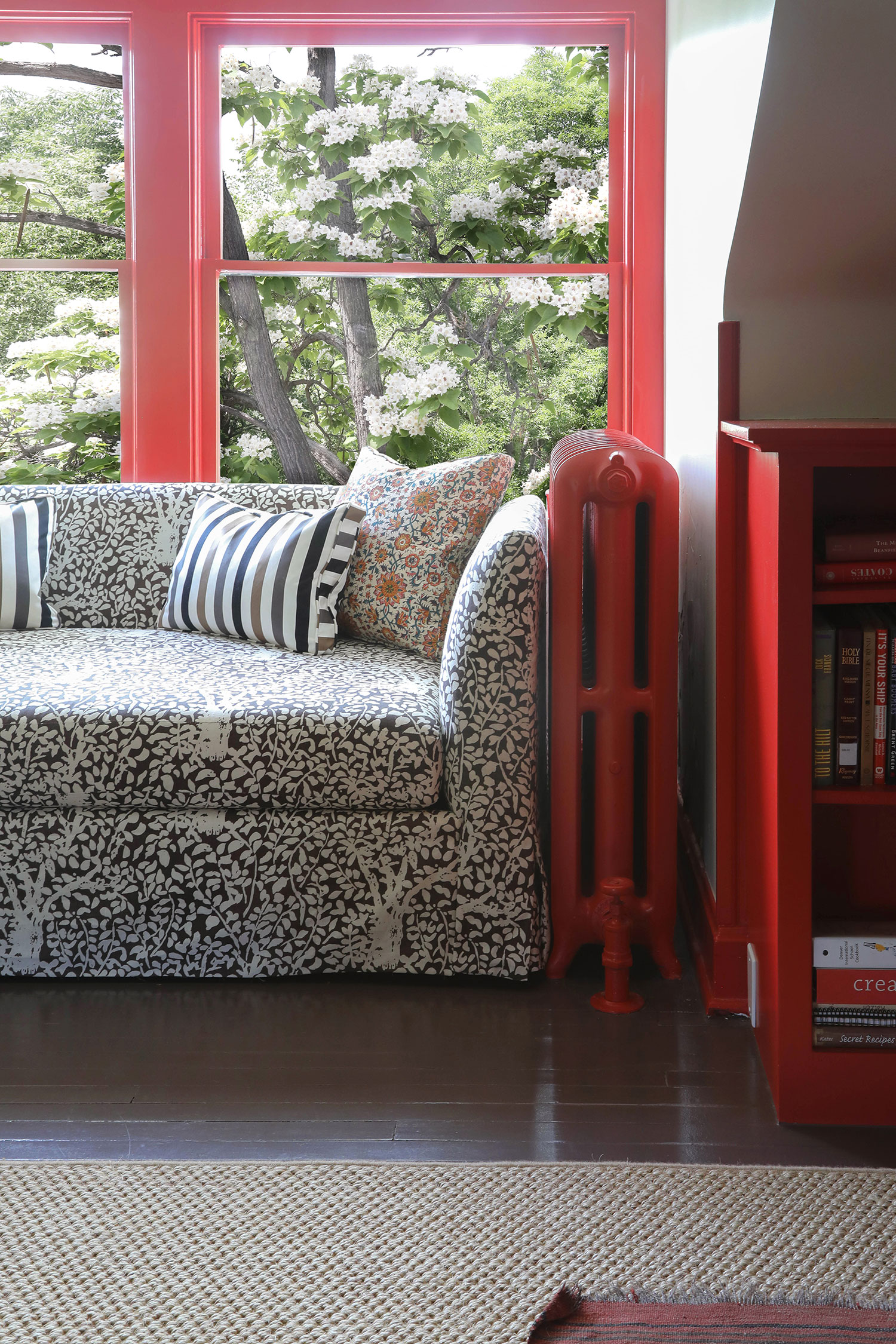
How to Make Primary Colors Look Chic, According to an Interior Designer
Take it back to basics.

Laura Murray
A picture might be worth a thousand words, but a single shade can create an entire vibe that will render anyone speechless. Who doesn’t remember the girl boss movement that was practically synonymous with millennial pink? Or the cheeky-meets-au courant attitude of brat green? As for the palette that’s on deck to knock it out of the proverbial park? Expect primary colors to make it big.
Yes, we are just as surprised as you are. Though bright red, yellow, and blue are quite literally the foundation of the color wheel, these colors are not exactly the obvious choices for a well-appointed, pigment-packed pad. If we’re being totally honest, these standard shades can read juvenile.
However, Pintetest predicted primary colors would be trending in 2025—and designers can’t help but think the platform is onto something. According to Boulder, Colorado-based designer Emily Tucker, a primary palette is a joyful antidote to the muted shades that have been all the rage lately.

Laura Murray
“Primary colors bring a sense of energy and optimism, which feels especially refreshing right now,” she explains. “They also offer a timeless appeal—bold yet classic, modern yet nostalgic.” Despite their mood-boosting appeal, this color source might seem like a major risk. That said, anyone who was a fan of last year’s dopamine decor movement might want to consider adding one of these bright pigments. (Trust us, it’s bound to put a smile on your face.)
To bring a little bit of boldness to your home, you’ll want to decide which color catches your eye—and the effect you’re hoping to create. For example, cherry red might provide a high-octane contrast in a room of cool-toned blues and grays, but it’ll look at home with browns, creams, and terracottas.
Once you determine your shade and intention, think about which room will best fit your vision. “They shine in areas where you want to create impact, like living rooms, kitchens, or even powder rooms—places where a punchy statement can be energizing,” she says. “In more restful spaces, like bedrooms, primary colors can still work, but they should be used thoughtfully; perhaps in a more subdued tone or as accents rather than overwhelming the space.”
If you’re adding bright, beautiful colors to your home for the very first time, balance is key. Tucker says that a daring piece of artwork or some unique upholstery can be the visual exclamation point. “Think of a creamy, sophisticated space with a single strong color anchoring the design,” Tucker says. “It creates a curated, intentional look rather than something chaotic.”

Laura Murray
Marigold kitchen cabinets or a cobalt couch might be two vibrant ideas, but if you really want to up the ante, you might want to consider doing so with a fresh coat of paint. Whether you’re painting a trim or color-drenching the entire room, Tucker gives you her blessing to really go for it—as long as you go for a glossy finish, that is.
“A high-gloss or even satin sheen enhances the depth and drama of the color, giving it more life and dimension,” she explains. “It’s a small but important detail that makes a big difference in how the color reads in a space.” It doesn’t matter if you want to play it safe with a small touch or really commit to the color craze, one thing’s for sure: A little bit of courage will go a long, long way.
“You have to be brave,” Tucker says. “Otherwise, they can feel like an afterthought. Half-measures can make a space feel disjointed rather than intentional. The key is to approach it with confidence—when done right, bold color choices always pay off.” A primary palette might seem like a gamble, but its smile-inducing quality will be well worth the small risk.
